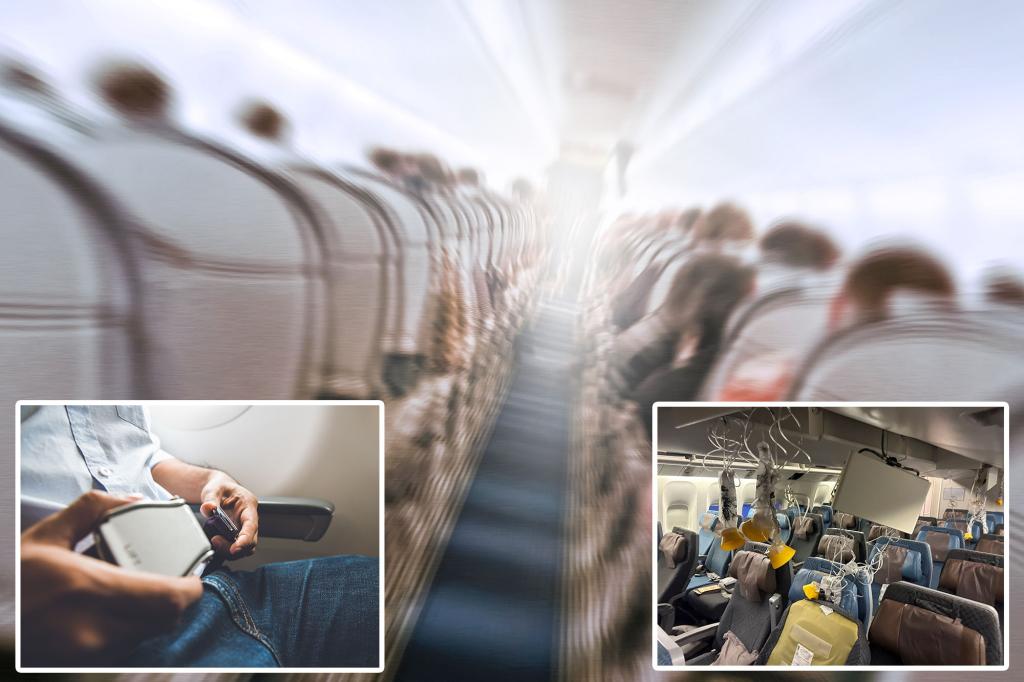While flying is generally a safe mode of transportation, passengers should remain vigilant during turbulent times in the sky. Following a deadly turbulence incident on a Singapore Airlines flight, experts have shared important tips for staying safe if a plane encounters severe bumps. Fastening seat belts while seated is a crucial rule to follow, as it can prevent passengers from being thrown about the cabin during turbulence. Although it can be challenging on long-haul flights, keeping the seatbelt fastened whenever seated can help mitigate the risk of injuries.
Selecting seats wisely can also contribute to passenger safety during turbulence. Choosing a seat over the wing of the plane can minimize the effects of turbulence, as this area is the least susceptible to movement. Sitting by the window is also recommended to avoid being hit by falling luggage from overhead bins. Passengers should avoid seating near the galley, as items in this area can become projectiles during turbulence. It has been found that middle seats at the back of the aircraft have the lowest fatality rate during a crash, making them a safer option for passengers.
In addition to choosing safe seats, passengers should know how to respond when turbulence occurs. Crewmembers recommend moving in sync with the turbulence by jiggling in one’s seat to reduce its impact. This technique may seem unusual but can help passengers feel more comfortable during rough air. Furthermore, turbulence forecasts can be checked using websites like Turbli.com to anticipate any bumps along the route. Despite the rare occurrence of incidents like the Singapore Airlines tragedy, being prepared and informed can help passengers stay safe and calm during turbulent times in the sky.
Flight experts emphasize that keeping seat belts fastened while seated is essential to staying safe during turbulence incidents. Following a catastrophic accident on a Singapore Airlines flight that resulted in a fatality and multiple injuries, it is crucial for passengers to take precautions. Selecting seats over the wing and by the window can minimize the effects of turbulence and reduce the risk of injuries. Knowing how to respond to turbulence by moving in sync with the aircraft’s movements can also help passengers feel more at ease during rough air.
The middle seats at the back of the aircraft have been identified as the safest place to be during a crash, carrying a lower fatality rate compared to other locations on the plane. Flight crew advise passengers to stay informed about turbulence forecasts and be prepared for any unexpected bumps during the flight. While incidents like the Singapore Airlines tragedy are rare, being aware of safety protocols and following expert advice can greatly improve passengers’ chances of staying safe during turbulent times in the sky.By staying informed and following safety protocols, passengers can better ensure their safety and comfort during turbulent times in the air.


